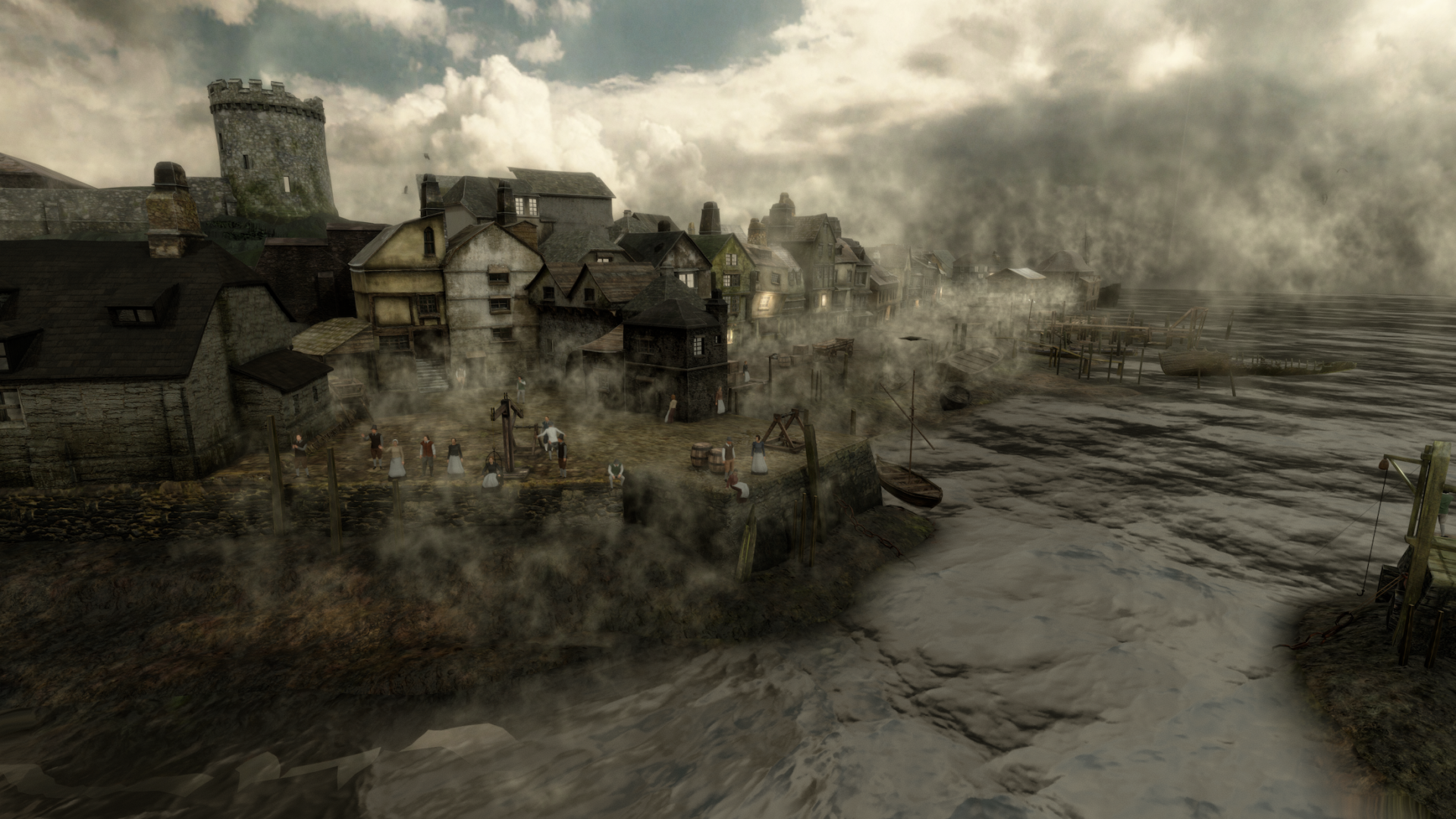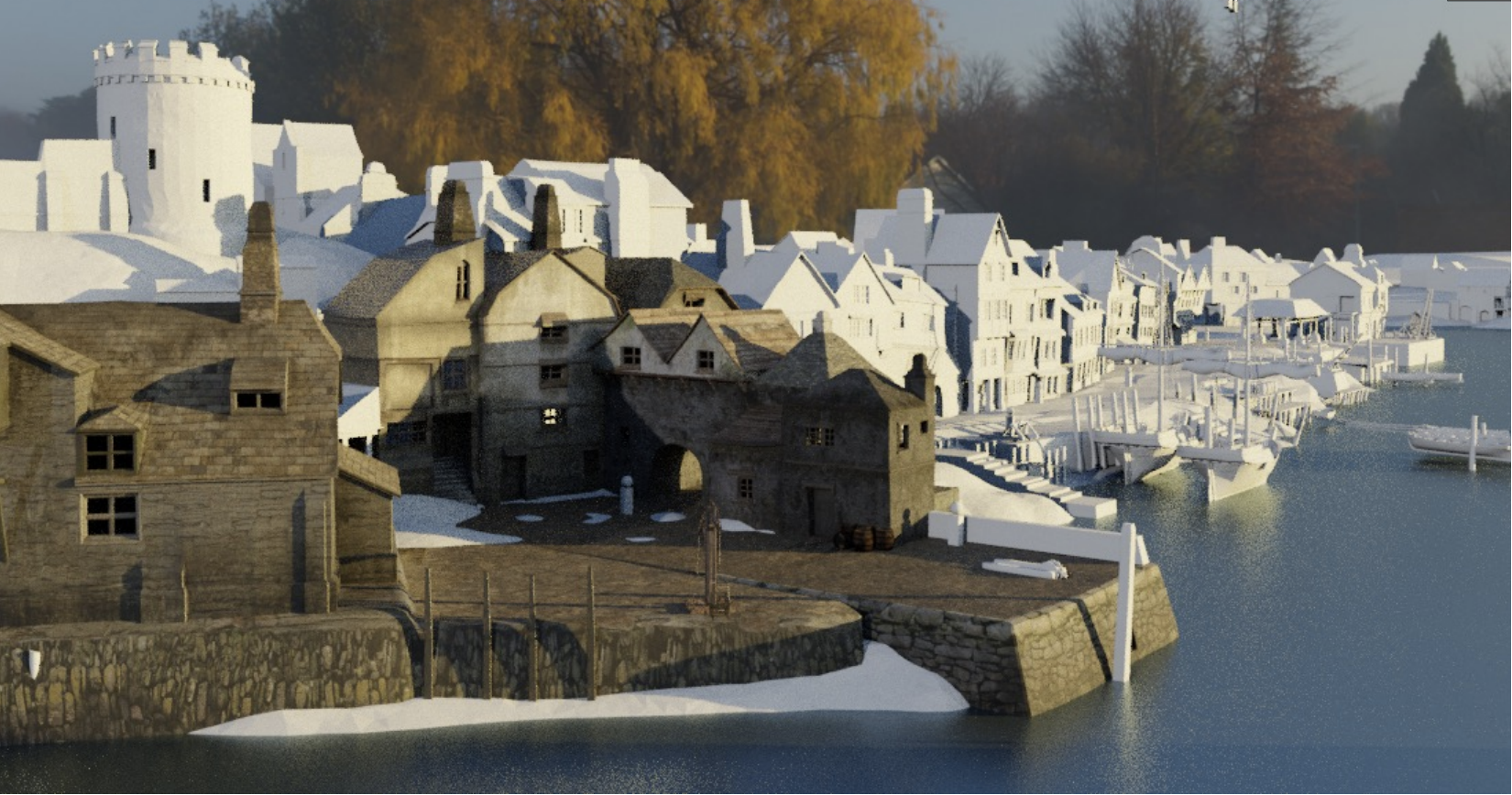VIRTUAL HERITAGE
VIRTUAL HERITAGE, BROADLY, IS A TERM USED TO DESCRIBE THE RECREATION, USING INTERACTIVE COMPUTER TECHNOLOGIES, OF HISTORICAL SITES, EVENTS AND CHARACTERS FOR THE PURPOSE OF EDUCATION.
Ever since the early 1990s, there has been a worldwide interest in the use of virtual reality (VR) and allied interactive technologies and techniques to recreate cultural and historic sites and events for such purposes as education, special project commissions and showcase features at national and World Heritage visitor centres.
The power of VR in heritage lies in its ability to open up places and things not normally accessible to people from all walks of life. To allow them to explore objects and sites, and to experience events, even famous personalities, that are lost in time.
VR goes much further, however, in that it offers a means of protecting the fragile state of some sites of cultural, historical and religious significance and can help educate visitors to those sites, not so much about their history, but in how to explore, interpret, and – of increasing importance – respect them.
THE VIRTUAL MAYFLOWER PROJECT
The Virtual Mayflower project is an excellent example of Virtual Heritage, as it attempts to recreate Plymouth’s Barbican in the 1620s in such a way that both the harbour and ship can be explored using virtual reality (VR) technologies, helping people to discover new facts about an event lost to time.


